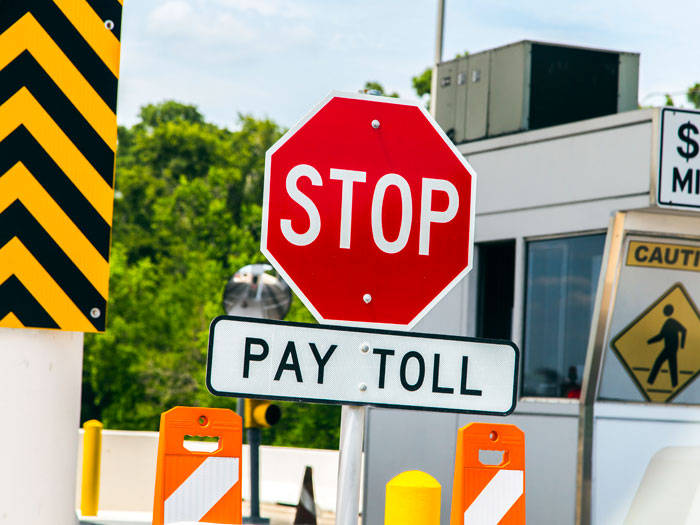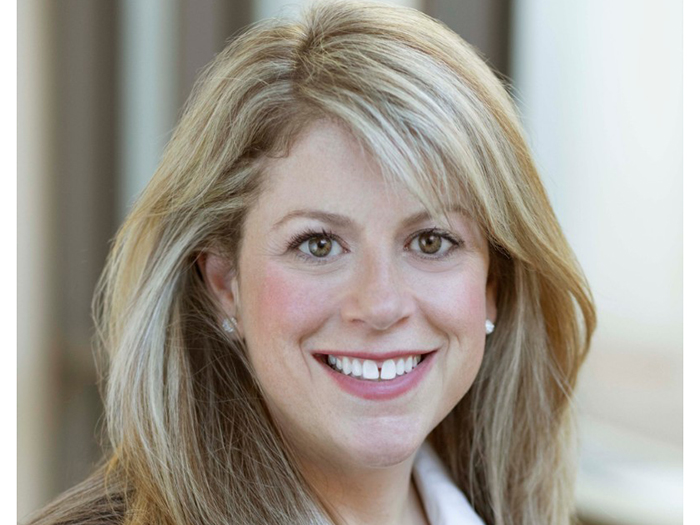Sponsored Content by AIG
Public-Private Partnerships: Paving the Way for Infrastructure Revitalization

Public-private partnerships (P3s) are an effective way to get complex and expensive transportation infrastructure projects done at a time when political will to invest public funds fall short.
While the approach has been successfully utilized for many different projects, overall adoption remains limited. Out of the United States’ total annual infrastructure spend of $1.2 trillion, roughly $20-25 billion goes toward P3 projects, or about 2 percent.
Part of what has kept P3 to this niche is a dependence on toll-based revenue structures. But new revenue approaches such as Availability Payments could make the model work for a much broader scope of projects, including social infrastructure like hospitals and public schools.
“The insurance community, construction community, and finance community all have an interest here. These three industries could get aligned and work together to help promote P3s as a potential alternative solution for what needs to get built and rebuilt and improved in the next five to 10 years,” said Thomas Grandmaison, executive vice president, Energy and Construction Industry Leader, AIG.
P3s come with a set of both benefits and risks, but new financing approaches combined with an evolving political climate that seems to favor infrastructure investments could be the dawn of a P3 Golden Age.
New Revenue Structures
Developments in finance structures and insurance coverage make P3s more attractive for both public and private partners.
Roads built under a P3 model have typically generated revenue from tolls. The financing of these projects is therefore based on traffic forecasts that estimate the number of cars using the road every day, over a period of 30 to 50 years.
And when those forecasts are inaccurate, the entire project is put in jeopardy. In 2016, SH 130 Concession Co., the private entity that financed, constructed and maintained State Highway 130 — a 41-mile toll road connecting Austin and Seguin in Texas— filed for bankruptcy. The project cost $1.3 billion. SH 130 tried to attract drivers with a high speed limit of 85 mph and an alternative route around other gridlocked highways, but motorists ultimately opted for longer commutes that required no toll payment.
In California, the 10-mile South Bay Expressway suffered the same fate, declaring bankruptcy in 2011. Same for the privately operated Indiana Toll Road, which went bankrupt in 2014.
That’s why availability payments have become increasingly popular.
With availability payments, the public entity issues a periodic payment of a predetermined amount to the private partner as long as the project is available for its intended use at the expected performance level. In this arrangement, the public partner collects any tolls and retains the risk that revenue may not meet expected levels. These arrangements help to attract private partners who don’t want to take on traffic risk, but also allows public sponsors to retain some ownership and control over the road going forward. Availability payments can also enable non-transportation P3 projects, including water treatment plants, ports and public facilities like hospitals and schools.
“There is no shortage of interest in private financing,” Grandmaison said. “There’s plenty of capital out there, and now potential financiers can feel more secure in their investment. The availability payment option often provides the difference between investment grade, and non-investment grade debt, dramatically reducing the cost of debt and increasing the number of potential investors.”
Evolving Risk Management
 Insurance coverage plays a part in that security as well, and carriers have been pushed to build creative and flexible solutions to accommodate the size and complexity of P3s. Current trends and P3 project structures need sureties providing alternative solutions that incorporate liquidity elements that can address both concessionaire and rating agency concerns.
Insurance coverage plays a part in that security as well, and carriers have been pushed to build creative and flexible solutions to accommodate the size and complexity of P3s. Current trends and P3 project structures need sureties providing alternative solutions that incorporate liquidity elements that can address both concessionaire and rating agency concerns.
“As P3s become more prevalent, builder concessionaire teams and brokers will be asking the insurance market to think more holistically about how separate coverages can be brought together in a coordinated and aligned fashion to make the buying process more streamlined,” Grandmaison said.
There may be multiple large contractors working on a P3 project, and none wants to take the entire program onto their balance sheet. Same goes for the mix of private investors involved. And then there’s the public entity that wants full insurance protection even though they take a back seat in terms of project management and execution.
“You’re creating a six-headed monster as the owner or sponsor of the insurance program,” Grandmaison said. “It’s a more complex risk assumption than the traditional setup where the public entity is responsible for insuring construction, but takes on operation of the project through a separate program.”
Complete and coordinated coverage for all of the risks involved in complex projects alleviates fears — held by both public and private parties — that one entity will be more exposed than their partners, or that risk will be allocated unfairly. For P3s to be executed smoothly, it’s critical to have insurers involved that have the full breadth of experience and capabilities to fill this need. In addition, not all insurers are comfortable with project terms that are often longer than 5 years (sometimes 8-10 years), and providing operational coverage during course of construction or post construction.
AIG is one of few insurers that can provide all of the coverages traditionally needed for construction projects like workers’ compensation, general liability, builder’s risk, inland marine, environmental, professional liability, surety and even some ancillary coverage like cyber and kidnap and ransom.
Political Considerations
Despite their big benefits, P3s also come with significant hurdles. Even with a shifting government agenda that prioritizes infrastructure, local political will can still be difficult to muster.
If a P3 project doesn’t pan out, taxpayers end up paying the balance. Local governments sometimes struggle to justify such costly projects that potentially place their constituents’ wallets at risk. To overcome that hesitance, political leaders want to be assured that their private partner has the capacity to stay with a project over its long lifespan.
“One of the challenges we’ve seen here in the States is that Departments of Transportation want to ensure that the companies that are contracted to keep the project running for up to 30 years actually remain in place,” he said. “There is hesitance to transfer that ownership over to a party that may want to cash out as soon the market shifts.”
Of course, having comprehensive insurance coverage alleviates fears for public sponsors as well.
“AIG is really a full service carrier that can provide everything a customer might need on a project-specific basis,” Grandmaison said. “AIG has been in the market of flexibility and creativity for years and will continue to be so.”
The future certainly looks promising for P3, and the insurance industry looks poised to face any new challenges it brings.
To learn more about insurance solutions for P3 projects, visit http://www.aig.com/business/insurance.
This article was produced by the R&I Brand Studio, a unit of the advertising department of Risk & Insurance, in collaboration with AIG. The editorial staff of Risk & Insurance had no role in its preparation.










